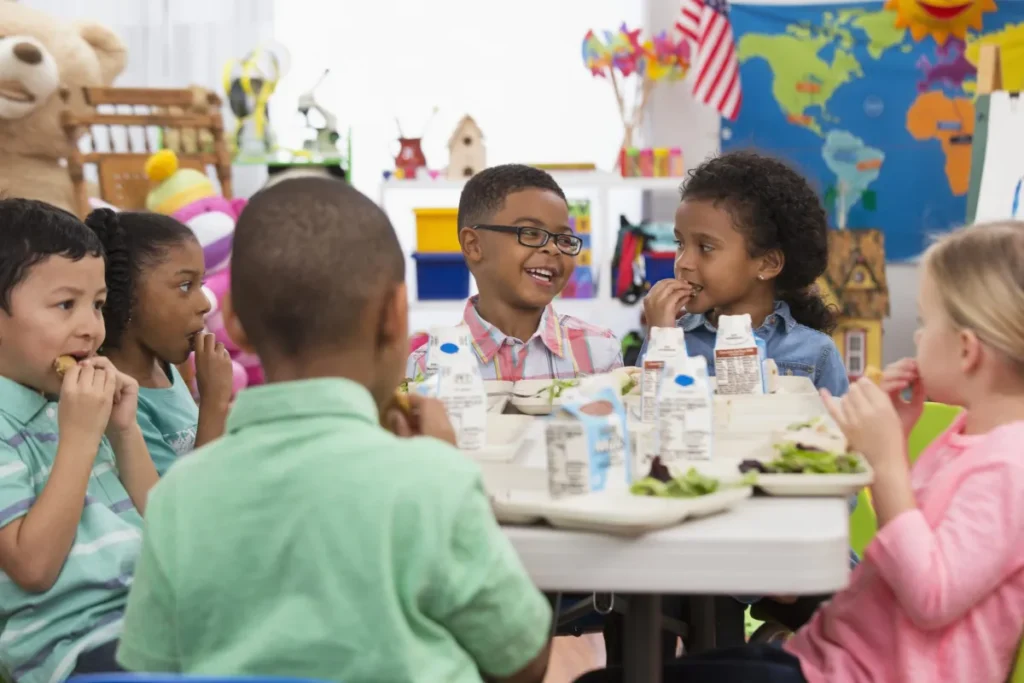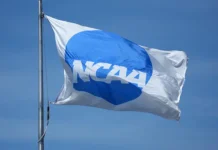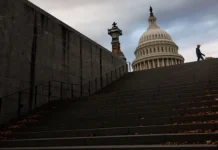
Tuesday night, voters in Colorado made a decision that could change what being fed looks like for kids across the state — they approved Proposition LL and MM, which fund free meals for all public K-12 students. And they’re going to do it by taxing the state’s wealthiest residents.
It’s a bold move at a time when the nation faces the longest federal shutdown in U.S. history, and food insecurity, especially among students, is coming into sharper focus. If similar legislation gains traction nationally, it could ensure kids across the United States no longer go hungry or rack up lunch debt because they can’t afford a meal at school.
How Do Free School Meals Reduce Educational Inequality?
Free school meals are essential to improving the health and education of Black students, as they represent a much higher share of children who are living in poverty, according to the Food Research & Action Center, a nonprofit that advocates for equitable policy solutions to fight against hunger.
In 2020, during the height of the pandemic, about 66% of Black children and teens received free and reduced lunch compared to roughly 43% of white children and teens, according to the Centers for Disease Control and Prevention. However, participation was much higher that year because Congress granted school waivers, which allowed them to provide free meals to all students regardless of their income. Congress ended the program once schools reopened.
“These racial disparities exist because of longstanding systemic racism and injustice. Decades of housing segregation, employment discrimination, and over-policing are a few of the wide-ranging barriers that have resulted in higher levels of food insecurity among communities of color,” according to a report from FRAC. “Thus, issues of food justice are also issues of racial justice.”
Research indicates that access to free school meals can be a contributing factor in improved academic performance and health. And when every child gets a meal — no questions asked — stigma can disappear.
Can Free School Meals Help Students Burdened By Lunch Debt?
Free school meals can also put an end to lunch debts, or unpaid balances for school lunches. The national public school lunch debt is about $194 million per year, according to an August report from the Education Data Initiative. Some students have to go to extraordinary measures to pay off their lunch debts — or that of their peers.
In 2023, Missouri teen DeJuan Strickland made headlines for raising thousands of dollars through a GoFundMe campaign to pay off lunch debts for students at his former elementary school.
“You know with my experience in fourth grade, and not having enough money to pay for my lunch and having to sit at a table, watch other kids eat their food, while I couldn’t eat anything, it was rough for me. And I don’t want other kids to experience that,” he told Essence.
In addition to Colorado, eight other states — California, Maine, Massachusetts, Michigan, Minnesota, New Mexico, New York, and Vermont — have passed laws that ensure free school meals for all K-12 public students.
Experts in Colorado estimate families in the state will save $1,250 per year by having the cost of school meals covered by the new taxes on the state’s wealthiest residents — folks earning $300,000 or more per year — will also be put toward pay raises for school cafeteria staff and support district efforts to purchase locally-sourced food. Any remaining funds would be used to cover new state expenses for administering the SNAP program, which is expected to cost states more due to federal budget cuts earlier this year.















